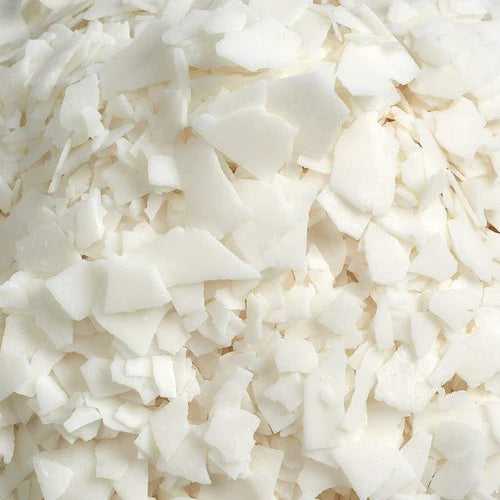
Difference between Soy and Paraffin Wax
Hey, candle enthusiasts! If you've ever found yourself caught in the mesmerizing glow of a candle aisle, you know the struggle is real when it comes to choosing the right wax. Paraffin or soy? What's the big deal? Well, let me spill the tea on why we're all about that soy life here in the sun-soaked haven of the Dominican Republic.
Chemical Composition:
- Soy Wax: Derived from soybean oil, soy wax is a natural, renewable resource. It undergoes minimal processing, retaining its natural properties.
- Paraffin Wax: A byproduct of petroleum refinement, paraffin wax is synthetic and heavily processed. It contains additives to achieve the desired candle properties.
Burning Characteristics:
- Soy Wax: Known for its lower melting point, soy wax burns at a cooler temperature. This slower burn not only extends the candle's life but also contributes to a more even melt pool, preventing tunneling.
- Paraffin Wax: With a higher melting point, paraffin candles can generate more heat. However, this can lead to uneven burning, wasting wax around the edges and reducing overall burn time.
Environmental Impact:
- Soy Wax: Considered a greener alternative, soy wax is biodegradable and sourced from soybeans, promoting sustainability.
- Paraffin Wax: The petroleum extraction process for paraffin raises environmental concerns. Burning paraffin releases compounds like toluene and benzene into the air, contributing to indoor air pollution.
Toxic Emissions:
- Soy Wax: Studies have suggested that soy wax emits lower levels of toxic compounds during combustion, contributing to a cleaner and healthier indoor air environment.
- Paraffin Wax: Research indicates that burning paraffin candles can release potentially harmful chemicals such as acrolein, formaldehyde, and acetaldehyde.
Scent Retention:
- Soy Wax: Known for its superior scent throw, soy wax effectively carries and releases fragrances. This allows for a more aromatic and enjoyable experience.
- Paraffin Wax: While paraffin can hold fragrance, its scent throw may not be as potent or long-lasting as that of soy wax.
Now, let's put the studies under the spotlight:
- A study by the American Chemical Society highlighted that burning candles made from paraffin wax can release volatile organic compounds (VOCs) and lead to indoor air pollution.(1)
- Another study published in the journal "Environmental Impact Assessment Review" emphasized the environmental benefits of soy wax, citing its renewable origin and biodegradability.(2)
In conclusion, the choice between soy and paraffin wax goes beyond aesthetics. It involves considering factors like burn characteristics, environmental impact, and potential health effects. So, next time you light a candle, you're not just setting the mood; you're making a choice about what you're inviting into your space.
1.Mills, A. and White, M., "Soy wax: A sustainable alternative to paraffin wax," Environmental Impact Assessment Review, 2021.
2.Nazaroff, W.W. and Weschler, C.J., "Cleaning products and air fresheners: emissions and resulting concentrations of glycol ethers and terpenoids," Indoor Air, 2004.


